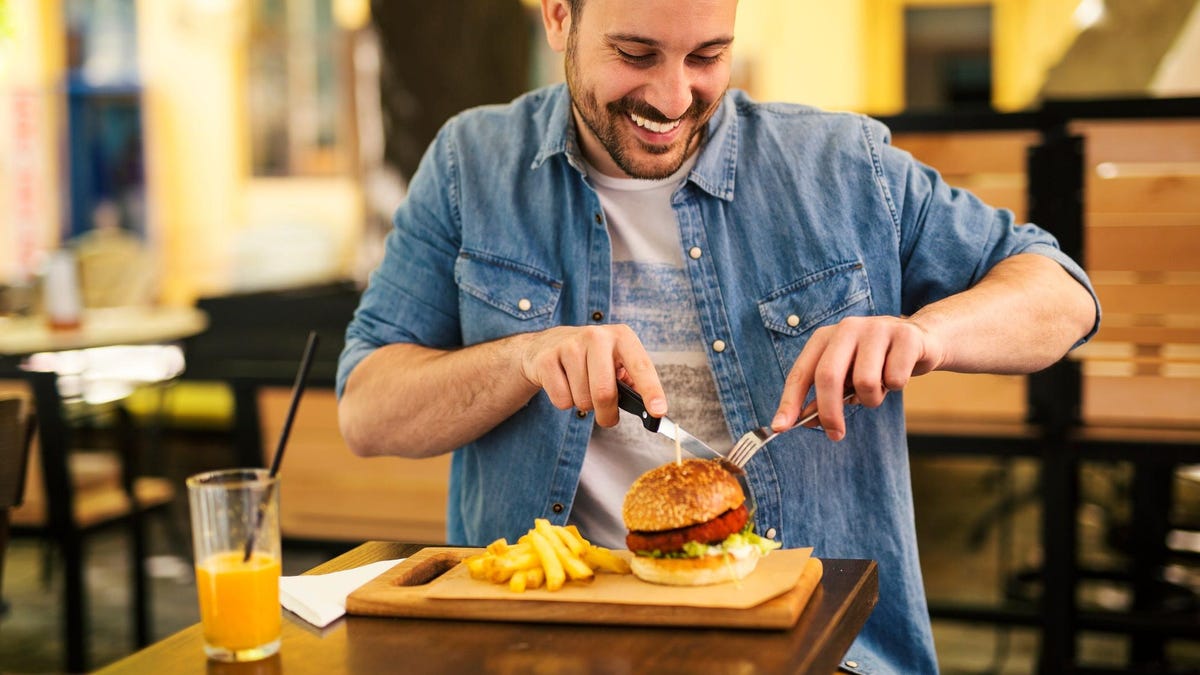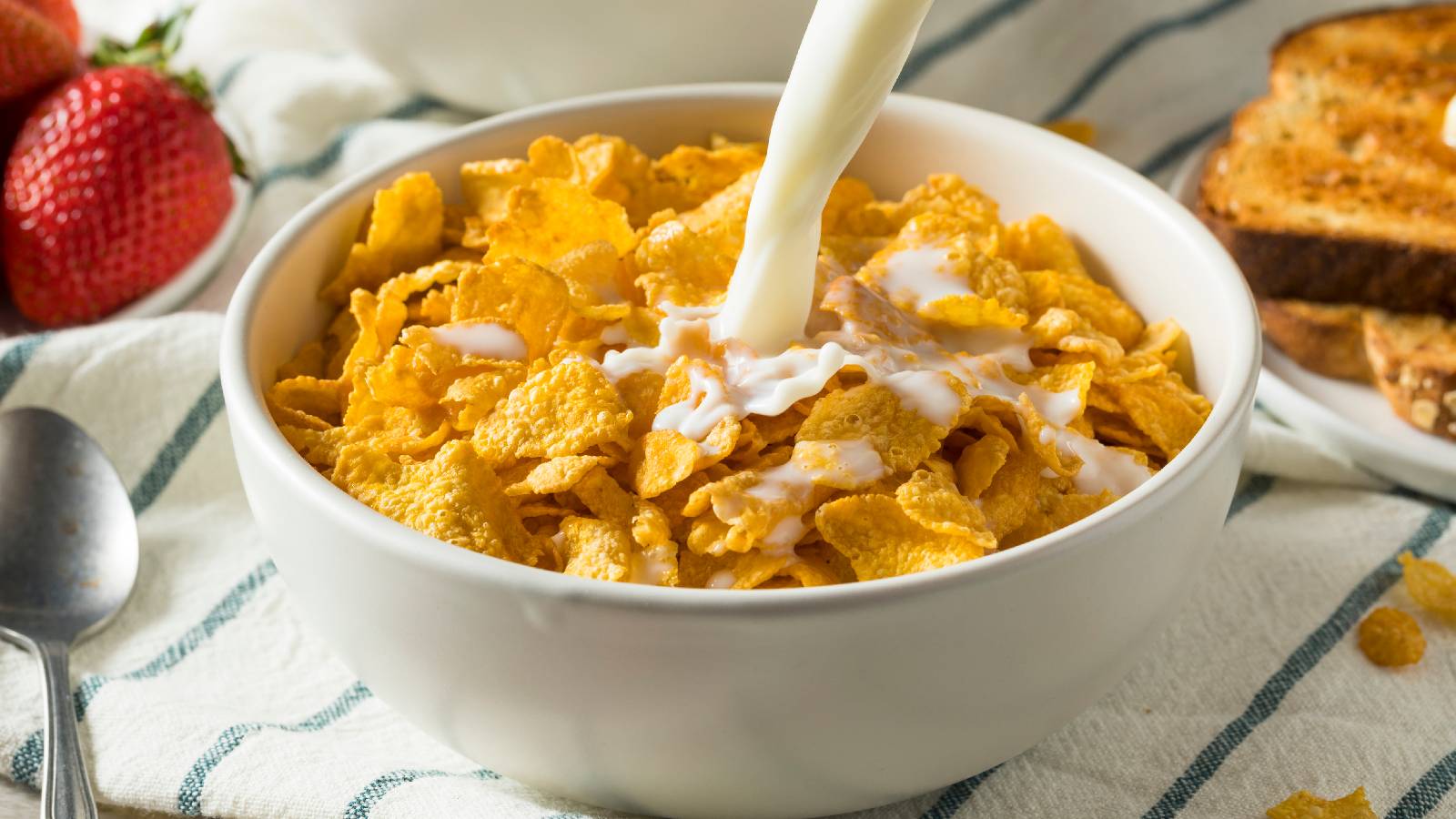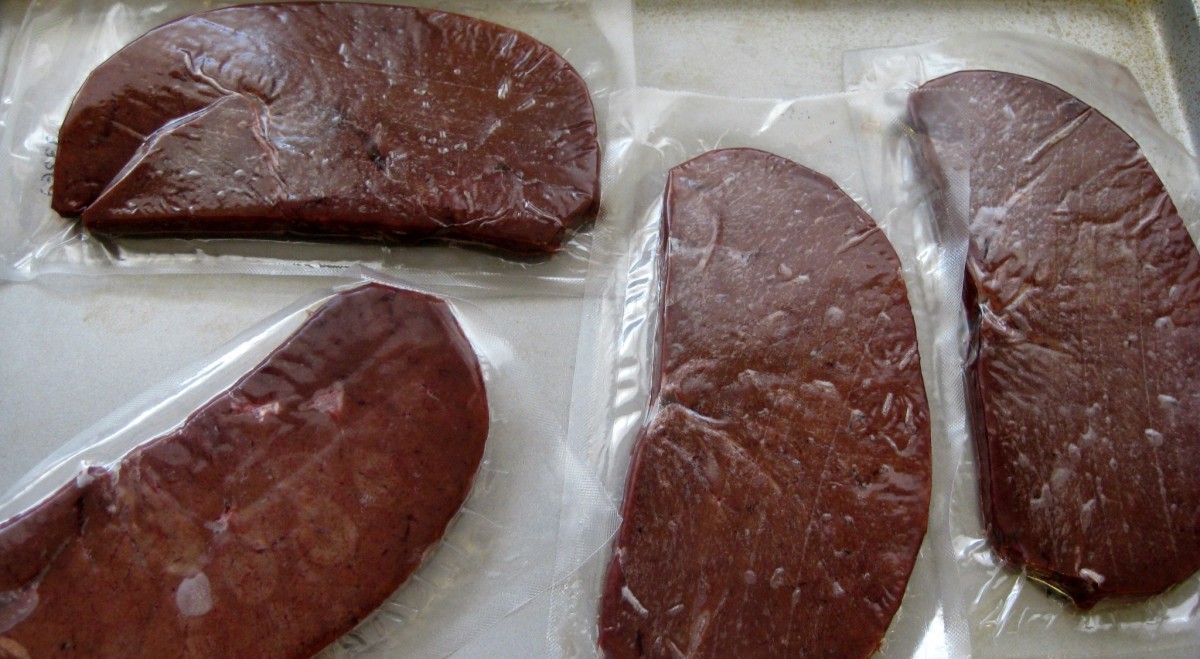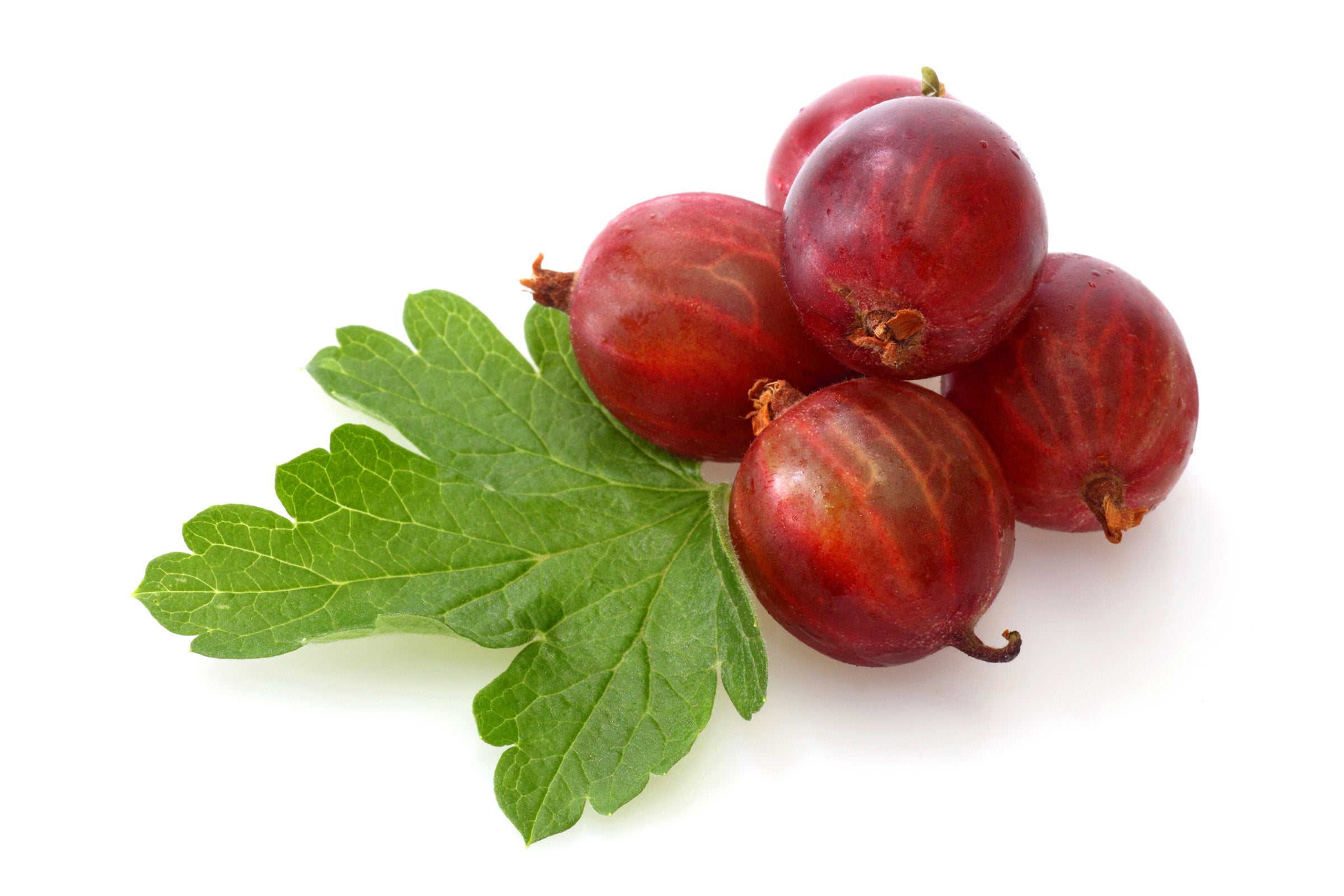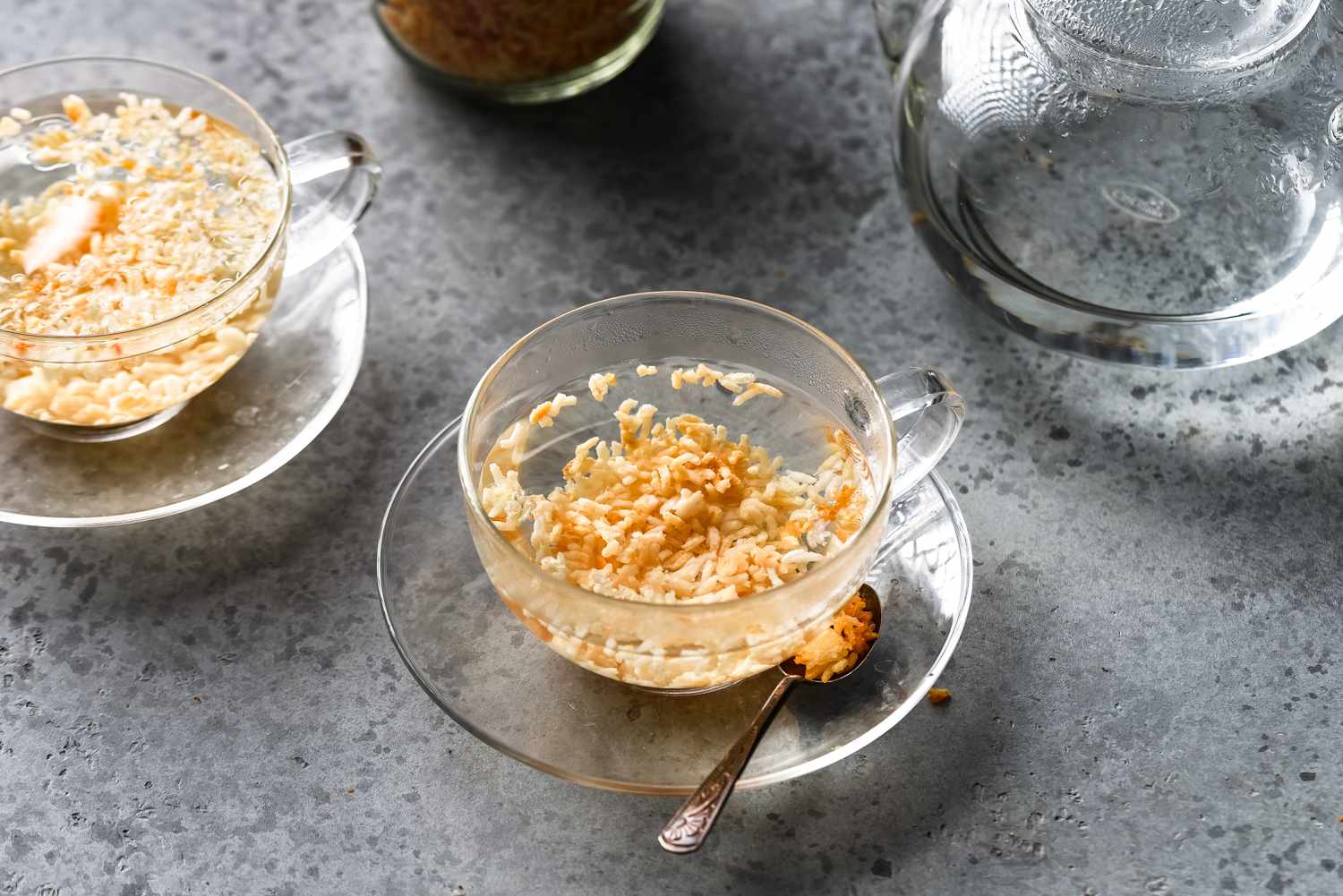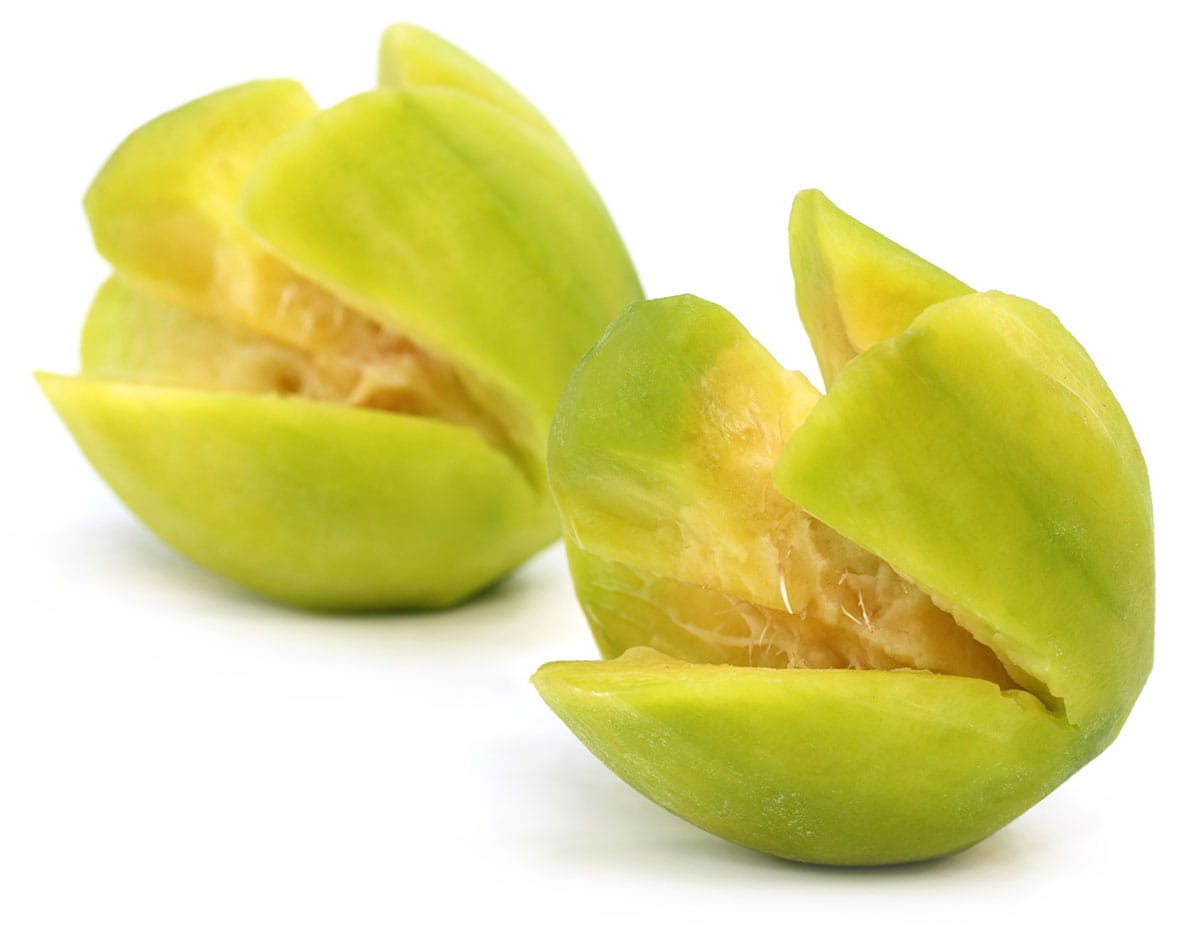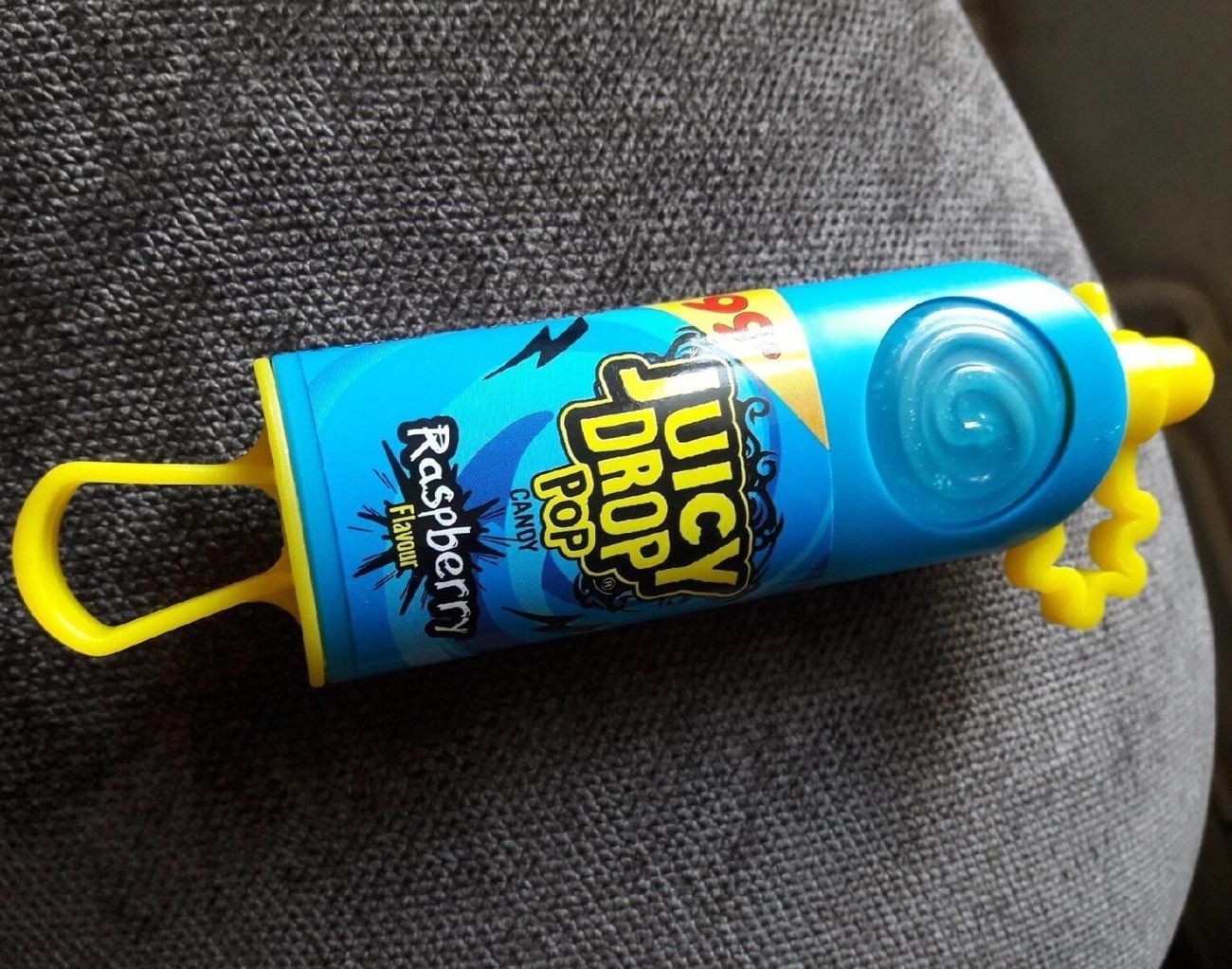What is Lau Lau?
Lau Lau is a traditional Hawaiian dish made with pork, fish, or chicken, wrapped in taro leaves and then steamed to perfection. It’s a beloved dish in Hawaiian cuisine and is often enjoyed during special occasions and gatherings.
How to Eat Lau Lau
When it comes to enjoying Lau Lau, there are a few key steps to keep in mind to fully savor the flavors and textures of this delicious dish. Here’s a simple guide on how to eat Lau Lau:
1. Unwrap the Lau Lau
Start by carefully unwrapping the outer leaves of the Lau Lau. The leaves are used to steam the filling, so they may be moist and tender. Be gentle to avoid tearing the leaves and revealing the filling inside.
2. Discard the Ti Leaves
Once you’ve unwrapped the outer leaves, you’ll likely find ti leaves underneath. These leaves are used to wrap the Lau Lau for steaming and are not meant to be eaten. Simply discard the ti leaves and focus on the inner contents.
3. Enjoy the Filling
Now that the Lau Lau is unwrapped and the ti leaves are removed, you can dig into the flavorful filling. Whether it’s pork, fish, or chicken, take a moment to appreciate the tender, juicy meat and the blend of seasonings that infuse the dish with rich, savory flavors.
4. Pair with Accompaniments
Lau Lau is often enjoyed with accompaniments such as steamed rice, poi (a traditional Hawaiian staple made from taro), or lomi lomi salmon (a side dish made with salted salmon, tomatoes, and onions). These accompaniments complement the Lau Lau and enhance the overall dining experience.
5. Embrace the Traditional Experience
As you savor each bite of Lau Lau, take a moment to appreciate the cultural significance of this beloved Hawaiian dish. Lau Lau is not just a meal; it’s a representation of tradition, community, and the spirit of aloha.
Tips for Eating Lau Lau
Here are a few additional tips to enhance your Lau Lau dining experience:
- Use Your Hands: While utensils can be used, many people prefer to eat Lau Lau with their hands to fully connect with the food and its cultural roots.
- Experiment with Condiments: Some individuals enjoy adding a touch of soy sauce or chili pepper water to their Lau Lau for an extra kick of flavor.
- Savor Each Bite: Take your time and savor each bite of Lau Lau, allowing the flavors to unfold and the experience to be truly enjoyable.
Conclusion
Eating Lau Lau is not just about nourishing the body; it’s about celebrating the rich culinary heritage of Hawaii and embracing the sense of community and tradition that comes with this beloved dish. By following these simple steps and tips, you can fully appreciate the experience of eating Lau Lau and savor every delicious bite.
Explore More Lau Lau Recipes and Uses
After mastering the art of eating lau lau, why not take your culinary skills further by trying your hand at preparing it? From the traditional to the innovative, our guide offers a variety of lau lau recipes that cater to every taste. For starters, the traditional pork lau lau recipe is a must-try for its authentic flavors. If you're looking for something lighter, the chicken lau lau coconut milk adds a tropical twist. Seafood lovers will delight in the fish lau lau hawaiian sea salt, offering a fresh take on this Hawaiian classic. Each recipe provides a unique way to enjoy lau lau, so we recommend starting with these three to fully appreciate the versatility of this dish.

